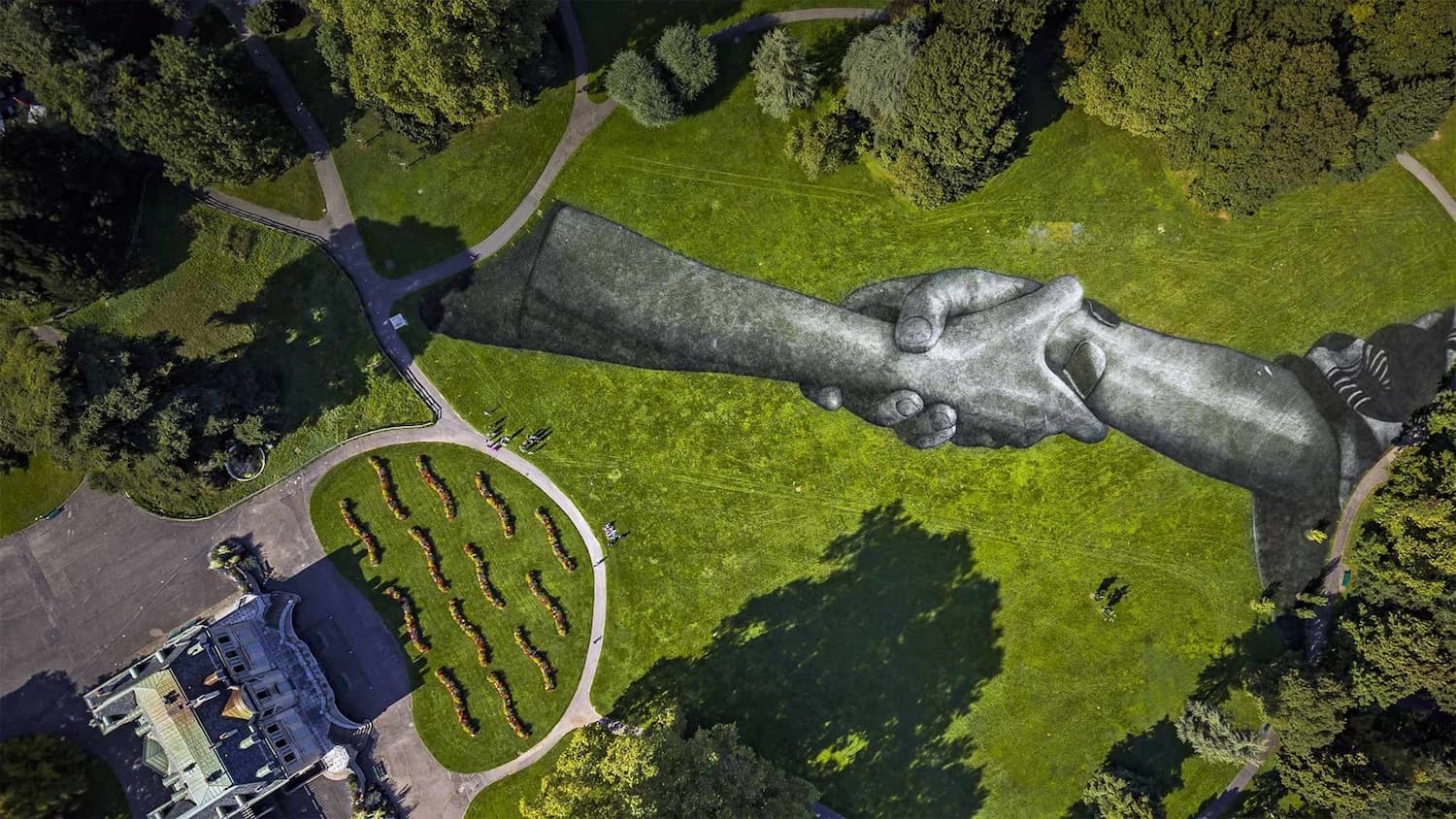France has long been considered one of the centers of world culture and art. Famous museums in Paris, such as the Louvre and Orsay, attract millions of tourists every year. However, in recent decades, open-air museums—spaces where art organically blends into natural and urban landscapes, becoming accessible to every passerby—have gained increasing popularity. For residents of Slovenia seeking new cultural discoveries, exploring such unique venues in France can become an inspiring journey that reveals unexpected facets of art.
Open-air museums allow us to see art differently: there are no dull halls or display cases, and the space itself becomes part of the artwork, turning a walk into an exciting journey. In France, such projects include both street art on city streets and vast parks with contemporary sculptures set in nature. This concept not only broadens the audience for art but also integrates creativity into everyday life.
Street Art — The Streets Come Alive
One of the brightest examples of open-air art in France is street art. Cities, especially Paris, Lyon, and Marseille, have turned into true galleries under the open sky, where buildings and streets have become canvases for talented artists from around the world. Street artists use house facades, fences, and even bridges to create large-scale and expressive works, often with a deep social or political subtext.
Paris, for example, is famous for the Belleville district, where street art has reached a high level of development. Here one can find works by well-known graffiti masters as well as young talents whose works are constantly updated and interact with the urban environment. Such works not only decorate the streets but also tell the stories of the city and its inhabitants, reflecting cultural processes and changes.
In Lyon, the “Peinture Fraîche” street art festival is well known. It gathers artists annually who create new works on the city’s streets. This event not only expands Lyon’s cultural landscape but also attracts tourists eager to experience contemporary art in an unusual form.
Sculpture Parks — Harmony of Nature and Creativity
Besides urban street art, France prides itself on its sculpture parks where modern and classical artworks are placed in open spaces amidst greenery and picturesque landscapes. These parks create a special atmosphere of tranquility and inspiration, allowing visitors to enjoy art in combination with nature.
One of the most famous is the sculpture park at La Villette in Paris. Here you can see works by masters such as Jean Pradon, Claude Leteiss, and many others. The park is not just a collection of sculptures but a full cultural complex hosting exhibitions, workshops, and cultural events.
In the Provence-Alpes-Côte d’Azur region is the Fondation Maeght park, a true masterpiece of open-air art. Founded in 1964, the park houses an extensive collection of modernist and abstract sculptures, including works by famous artists such as Alexander Calder and Barnett Newman. Visiting this park offers an opportunity to immerse oneself simultaneously in the world of creative experimentation and natural beauty.
Equally impressive is the Tuileries Garden in Paris, where classical and contemporary sculptures harmoniously coexist with the historic landscape. This park has long been a favorite place for relaxation not only for Parisians but also for tourists who want to combine a walk with cultural enrichment.
Art as Part of Urban Life and Tourism
Open-air museums in France have become an important part of city identity and attractiveness to tourists. They require no tickets, are accessible year-round, and are not limited by the opening hours of traditional museums. This provides the opportunity to enjoy art for everyone—whether a casual passerby or a purposeful traveler.
In the era of digital technologies and online entertainment, such places offer a unique chance for live and direct contact with creativity. Many French cities actively develop programs integrating street art into urban infrastructure, contributing to the creation of a bright and modern cultural image.
For Slovenian tourists, visiting French open-air museums can become not only an aesthetic pleasure but also an important element of broadening cultural horizons. The opportunity to see how art interacts with the urban environment and nature inspires new perspectives and ideas.
Conclusion
French open-air museums are living spaces where art becomes part of everyday life, accessible and understandable to everyone. From expressive street art on city streets to harmonious sculpture parks amidst greenery, these places offer a unique experience combining creativity, nature, and culture.
For Slovenian residents seeking cultural discoveries and new impressions, exploring such museums in France will open a world of lively and dynamic art unrestricted by walls and galleries. These open-air museums continue to prove that art can be not only an object of contemplation but also a means of interaction with the surrounding world.
